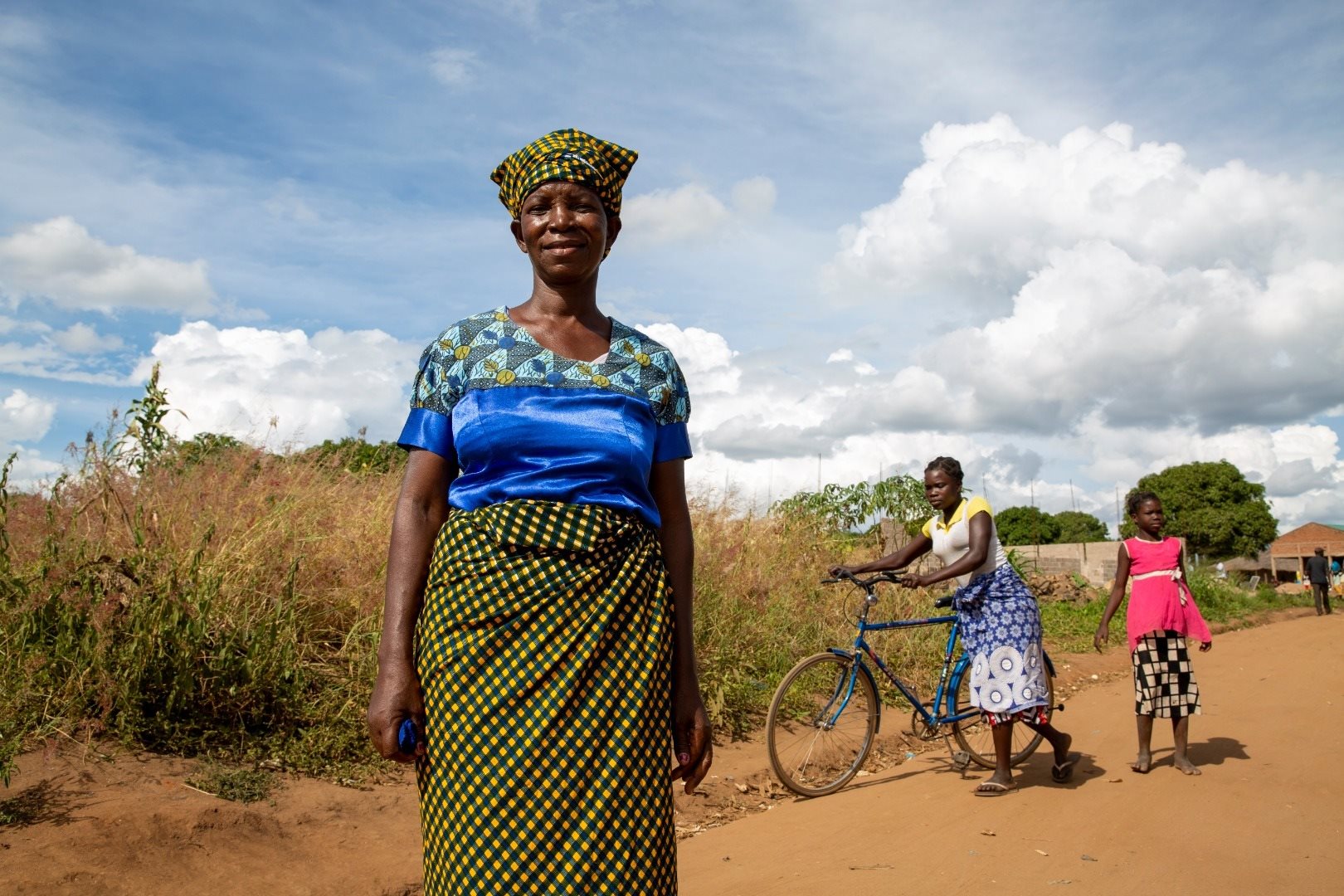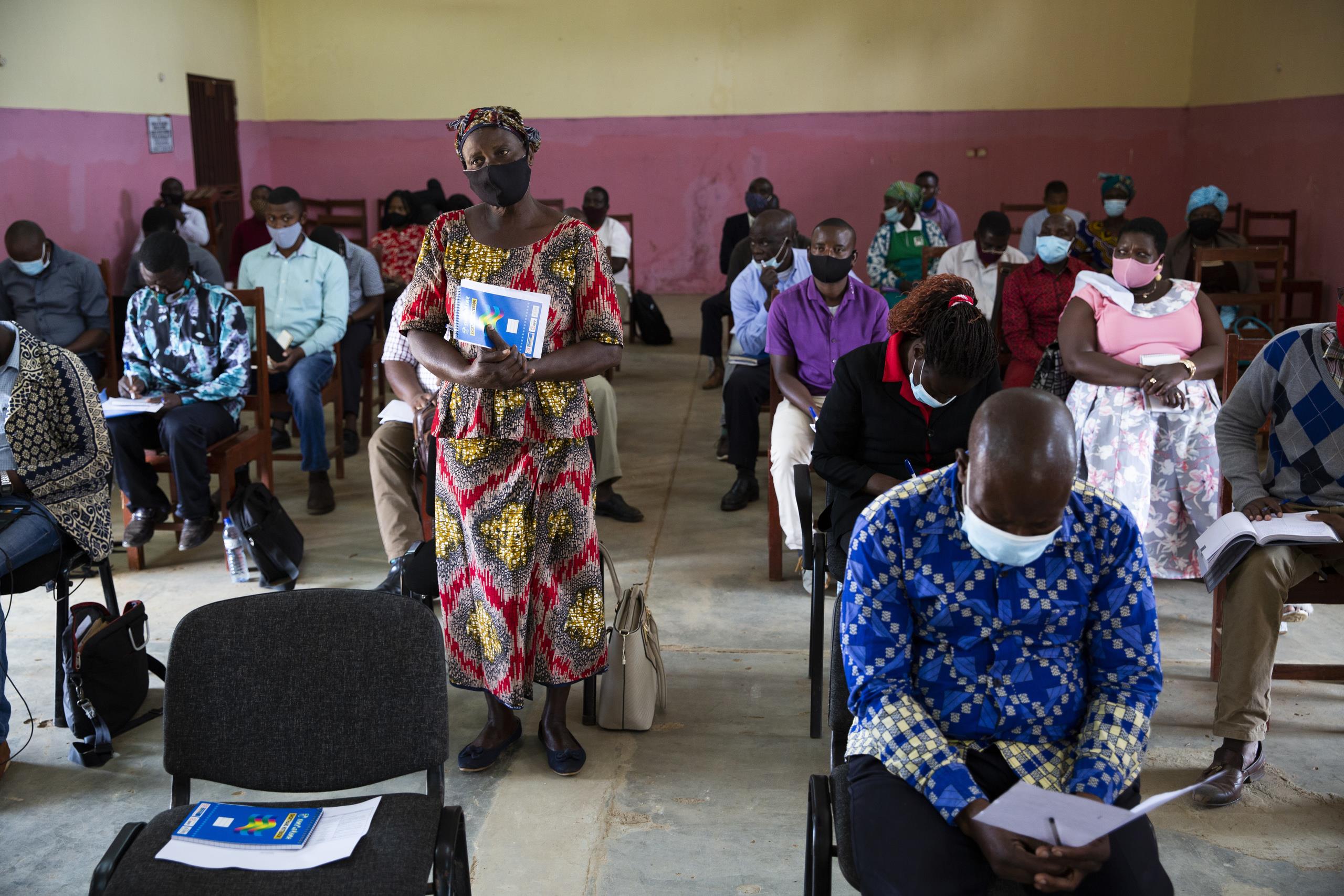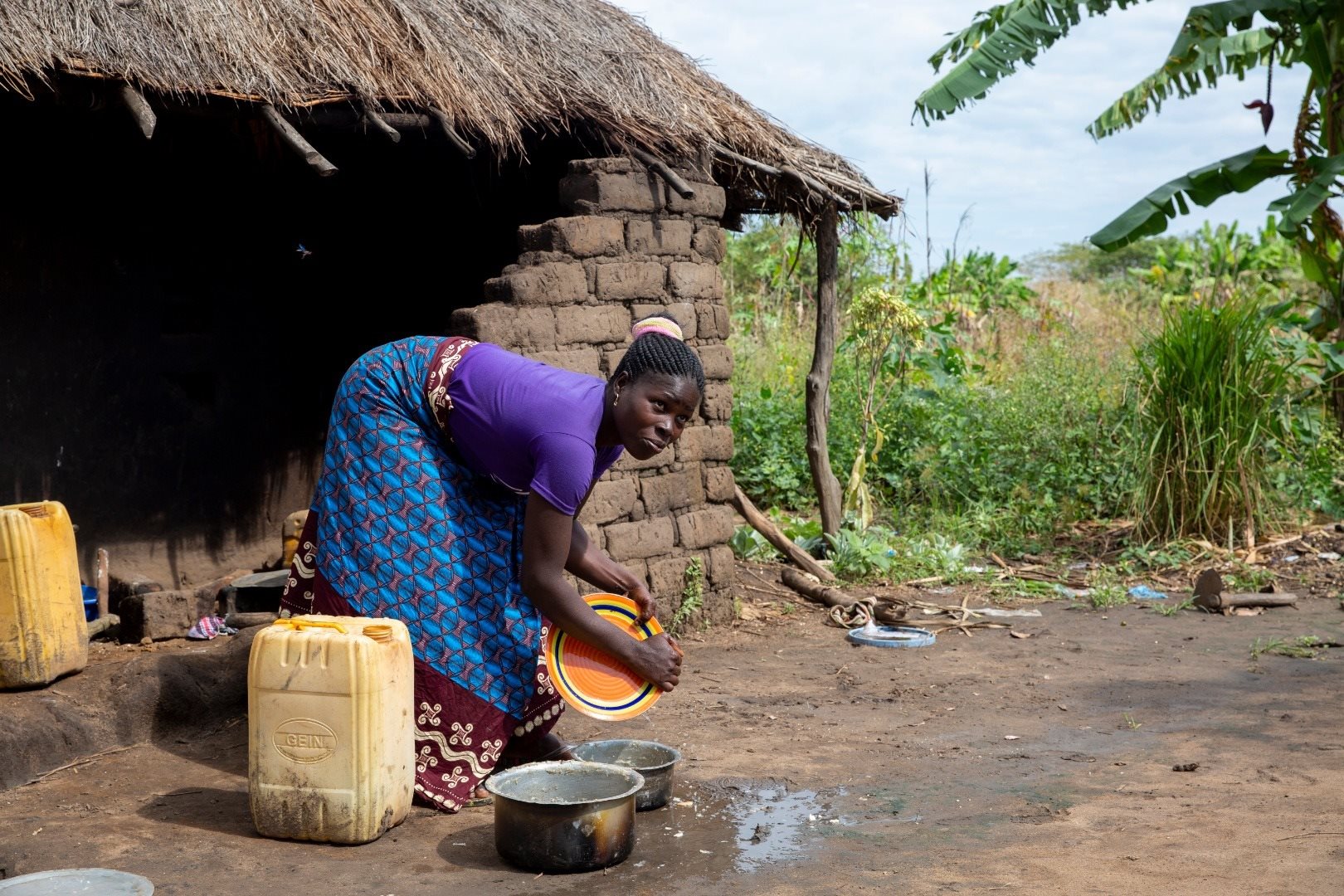Building Locally-Led Climate Resilience in Mozambique
Tags
They have innocent sounding names – Kenneth, Idai, Eloise. But they leave death, misery and destruction in their wake.
Cyclone Idai came first, wreaking havoc in the coastal swamps and river delta of central Mozambique – one of the countries in the world most susceptible to the dramatic effects of climatic change.
At least 600 people were killed. Houses, school, clinics and crops were destroyed. Barely six weeks later Cyclone Kenneth barrelled across the Indian Ocean and stormed ashore -- the strongest cyclone ever to make landfall in Africa.
At least two million people were made homeless by the back-to-back storms. The death toll could have been higher, but Cyclone Kenneth largely ran aground in thinly populated areas between Mozambique and Tanzania.

Like many other African countries Mozambique is increasingly being hit by flooding, heat waves, cyclones and, ironically, drought. Cyclones and other extreme weather events have sent strong messages to its government and citizens that they need to be better prepared for climate-driven disasters.
“Strong winds and floods caused flooding, ruined crops and destroyed infrastructure. We witnessed the destruction of two schools where the roofs were blown off by strong winds,” explained Alcides Celestino, 43, Land and Environment Services Director in the Zambezia Province.
In response, the Ministry of Land and Environment (MITA) and Ministry of Economy and Finance (MEF) have launched the “Building Local Climate Resilience” programme in Mozambique (MERCIM) in a strategic partnership with the European Union, the Catalan Agency for Development Cooperation (ACCD), with technical assistance by the UN Capital Development Fund (UNCDF).
The project, initially targeting eight districts selected in consultation with the Government of Mozambique and its development partners, including the ACCD, is 90 percent funded by the European Union. The remainder of the total funds of Euros 4.73 million comes from the UN Capital Development Fund (UNCDF) which also provides technical support.
MERCIM is designed to strengthen the government’s ability to reduce climate vulnerability through improving the delivery of climate resilient basic services to rural communities and enhancing knowledge-based decision-making processes. The programme is expected to run until 2022.
To do that it has launched a participatory, bottom-up approach to the challenges through the creation of consultative councils so as to ensure essential buy-in at the grassroots level. First local communities are engaged as to what they consider to be their greatest needs, proposals are forwarded to local and then provincial administrations.
“The participation of the community is extremely important because it is this community that suffers the effects of these climatic changes. To engage the community in the process of decision-making and prioritization of the several situations that occur, in my opinion, is extremely important,” added Mr Celestino.

“The community is there and the community chooses, that way they will always support it. They can say, ‘this is our school, it is our children’s school.’ It is important that they are there and involved.”
In January this year Eloise, a category 2 Cyclone, reminded the country why such projects are urgent. It made landfall about 20 km south of Beira in Sofala Province, bringing winds of 140km/h and wind gusts of over 160km/h. Heavy rainfall was recorded in Beira – 250mm in 24h - and in many other districts, such as Sofala, south of Manica, Inhambane and eastern Gaza.
At least 11 people died and many more were injured.
Augusto Rafael Alvaro, a teacher from the area of Chire, is an active participant in the consultative council in his area.
“I always take part. Whenever there is a consultative council here in our district, I take part in it … I feel happy because many of the topics that are discussed here are done so in agreement with the community that I am a part of,” he said.
Cyclones had ripped the roof off the village school. That has now been replaced with one that is built to withstand storms.
“When it rained, the students were not able to study. But now, they can go at any time, even with rain, they go to school,” he explained.
Carme Gual, head of the Catalan Agency for Cooperation Development, said the inclusion of local people in the decision-making process was a crucial reason the agency supported the MERCIM initiative.
“You talk to people, find out what they need, then decide what to do... not the reverse. You have to follow what local populations needs,” she said.
Pinto Jordano Mustaqui Tambo, head of a primary school in Nangir, agreed: “The consultative council is important because it takes information and issues from within the community and brings them to the attention of the regional authorities and higher instances. It is important that these people listen to the community because it is the community itself that is facing the issues and the community itself that understands what the most pressing issues are."
Throughout much of rural Mozambique the roads are not in good shape. Bridges have also been swept away. It has become harder and to harder to reach local health centres.
“When a child is sick in the night, we have nowhere to take it except the hospital in the next village which is 18 km away… The women here suffer a lot, they often end up giving birth on the road because they cannot make the hospital on time…. After the rains, it is impossible to make these journeys,” said Amélia Alberto Luís.
She and other women in Rovuma danced with delight when they heard their proposal for a nearby health centre had been approved. Fellow villager Maria Luís Bana, 36, said the decision was most welcome.
“Without health there is no life… I would like to thank the group that will build the hospital because it will bring us a great strength, because our crying has not stopped yet,” she said, explaining how some women had died giving birth on the side of flooded roads while trying to walk to hospital.
Fernando Zenobio, a village of 73 years old, says the weather patterns are totally different to how he remembers them growing up. “How can it be that in June, and May, and April it is raining? That is the change. We must explain and alert people so they can take measures,” he said.
 Amélia Alberto Luís washes dishes outside her home near Rovuma. She is an active member of the area’s ‘consultative council’ and has taken a leading role in earmarking her village to receive a new health clinic and take measures to maintain a flow of clean water in the face of challenges from the effects of climate change.(Credit: UNCDF Mozambique/Karel Prinsloo)
Amélia Alberto Luís washes dishes outside her home near Rovuma. She is an active member of the area’s ‘consultative council’ and has taken a leading role in earmarking her village to receive a new health clinic and take measures to maintain a flow of clean water in the face of challenges from the effects of climate change.(Credit: UNCDF Mozambique/Karel Prinsloo)